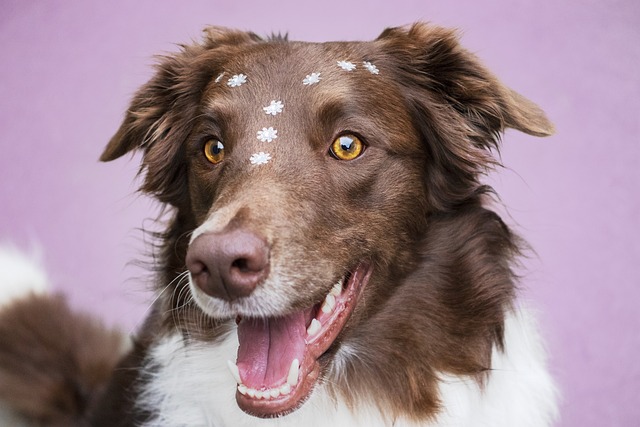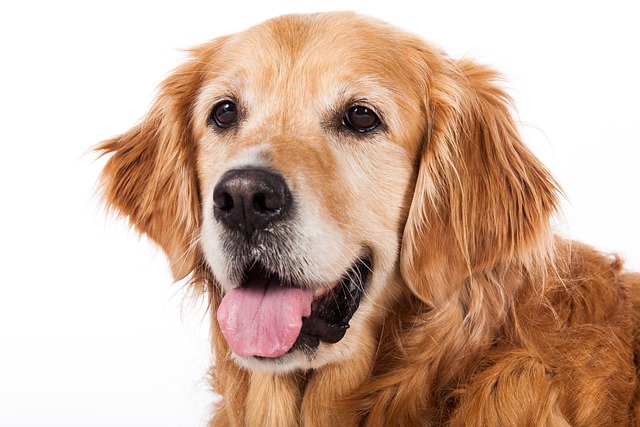
What Should You Watch Out for When Giving Your Dog Treats
Those wagging tails and hopeful eyes when you reach for the treat jar are hard to resist! Snacks can be wonderful tools for training, bonding, and enrichment.
Picture this: your furry best friend bounding towards you in the park, paws thudding against the grass with unrestrained joy. Now, imagine that same enthusiasm suddenly halted by a limp or a skipped step—a possible sign of luxating patella, or a dislocated kneecap. This common orthopedic issue, particularly prevalent in small breeds like Chihuahuas, Pomeranians, and Yorkshire Terriers, can cast a shadow over your dog’s active lifestyle. But the good news? With the right preventive strategies, you can safeguard your pup’s joint health and keep those tail wags going strong.
At the heart of patellar health lies a balanced lifestyle. In many regions, local animal welfare regulations emphasize responsible pet ownership, and a crucial aspect of this is maintaining a healthy weight for your dog. Just like in humans, excess pounds put additional stress on joints, making them more prone to dislocation. Think of it this way: every extra ounce your dog carries multiplies the pressure on their delicate kneecaps. Regular veterinary check-ups are essential, not only to monitor weight but also to catch early signs of joint issues. Many vets recommend a body condition score system, visually assessing your dog’s waistline and rib visibility to determine if adjustments to their diet are needed.
 Speaking of diet, it’s not just about quantity but quality too. Look for high-quality dog foods rich in joint-supporting nutrients like glucosamine, chondroitin, and omega-3 fatty acids. These compounds act as building blocks for healthy cartilage and help reduce inflammation, creating a cushioning effect around the joints. While supplements can be beneficial, always consult your vet first. Some regions have specific regulations regarding pet supplements, ensuring they meet safety and efficacy standards, so it’s important to stay informed and choose products from reputable sources.
Speaking of diet, it’s not just about quantity but quality too. Look for high-quality dog foods rich in joint-supporting nutrients like glucosamine, chondroitin, and omega-3 fatty acids. These compounds act as building blocks for healthy cartilage and help reduce inflammation, creating a cushioning effect around the joints. While supplements can be beneficial, always consult your vet first. Some regions have specific regulations regarding pet supplements, ensuring they meet safety and efficacy standards, so it’s important to stay informed and choose products from reputable sources.
Exercise is another key player in patella prevention, but it’s all about moderation and the right type of activity. Instead of high-impact activities like jumping off furniture or running on hard surfaces, opt for low-impact exercises such as swimming or walking on soft grass. Many dog parks now feature designated areas with rubberized surfaces, designed to reduce joint stress. These parks not only provide a safe space for your dog to play but also adhere to local safety regulations, ensuring a fun and secure environment.
If your dog has a genetic predisposition to luxating patella, as is often the case with certain breeds, taking extra precautions becomes even more critical. Some areas have laws in place to protect animals from inhumane breeding practices, aiming to reduce the prevalence of genetic disorders. Working with ethical breeders who prioritize health testing can make a significant difference. Additionally, incorporating joint-friendly accessories into your dog’s routine, like orthopedic beds and ramps to avoid excessive jumping, can offer added support.
In the world of dog ownership, being proactive is the name of the game. By staying informed about local pet care regulations, providing a balanced diet, engaging in appropriate exercise, and being vigilant about your dog’s health, you can significantly reduce the risk of luxating patella. Remember, your dog depends on you to keep their world full of adventures and endless play. So, take these steps to ensure those paws keep dancing through life, free from the pain of joint problems.

Those wagging tails and hopeful eyes when you reach for the treat jar are hard to resist! Snacks can be wonderful tools for training, bonding, and enrichment.

Watching your beloved senior dog slow down can pull at your heartstrings. While some changes are part of normal aging,

Watching your dog turn their nose up at a meal you carefully prepared can be incredibly frustrating and worrying. Before resigning yourself to cooking gourmet feasts or panicking,

As a Schnauzer owner, the threat of parvovirus—a highly contagious, life-threatening disease—can feel overwhelming, especially given these dogs’ curious, exploratory nature.

As a Golden Retriever owner, seeing your pup shake their head nonstop or scratch at their ears can spark instant worry. Those floppy, golden ears—so prone to trapping moisture and warmth—are prime real estate for ear mites,

That low growl as you approach their bowl. The stiffened body when another pet walks by. Food guarding turns a basic need into a source of stress for everyone.